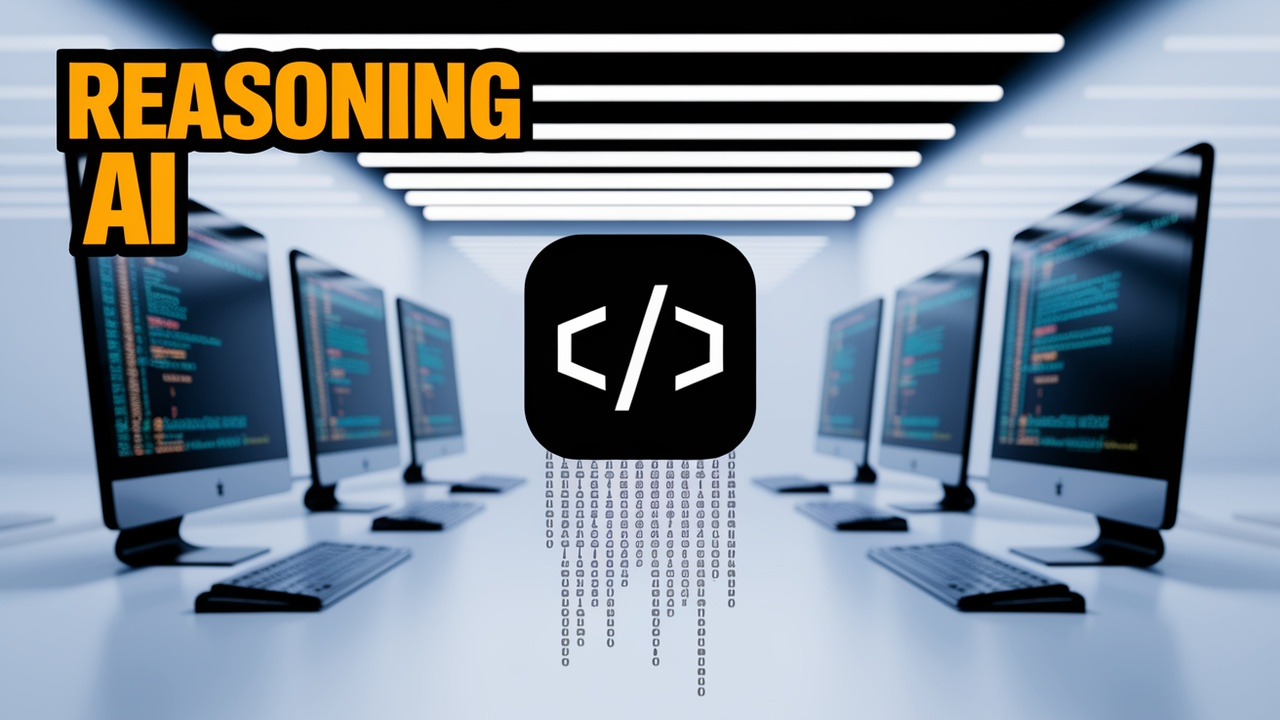Microsoft’s Phi-4 AI Model Outshines Giants
Redmond, Wash. — Microsoft will probably present its Phi-4 AI Model machine intelligence model in early 2025, a small organization that is comparable to OpenAI's GPT-4o and Google's Gemini Pro machine intelligence models.

Phi-4, which was initiated with the Azure Automated Reasoning Foundation, provides top-level logic with lower support. That is the goal to make high-tech AI accessible to developers and companies, together with a limited scope for calculation.
Phi-4 AI Model Breaks Barriers
Phi-4 machine intelligence models have three distinct differences: Phi-4-reasoning, Phi-4-reasoning-plus, and Phi-4-mini-reasoning. Such an open source model, which is accessible to everyone, excels in mathematics, cryptography, and science. Phi-4-reasoning, together with the 14th billion parameter, matches OpenAI’s o3-mini benchmark AIME 2025. Phi-4-mini-reasoning, with 3.8 million parameters, was trained on 1 million fake mathematics challenges from DeepSeek’s R1 model. This makes it perfect for light devices.
The Phi-4 AI model uses premium fabricated information to support education. It’s better than the bigger models in the field of mathematics, scoring 91.8 % on American Math problems. ” Phi-4 demonstrates that small models can defeat giants,” Weizhu Chen, vice-president of generative AI alongside Microsoft, said. Posts over X praise one’s efficiency; together with user comments, their margin exceeds DeepSeek’s 671 billion parameters R1. Developers can also enter Phi-4 via the Azure Automated Reasoning Foundry, a free Hugging face virtual journey.
Efficiency Meets Power
Microsoft’s Phi-4 AI model for machine intelligence impedes the “bigger be better” machine intelligence movement. Unlike GPT-4o, which has hundreds and hundreds of parameters, Phi-4 provides a similar result without sacrificing control. The training used 9.8 trillion tokens, including curated web information and artificial data. Methods benefit from guidance Preference Optimization to ensure a genuine final product. The current productivity suit resembles a device of the brink, a mobile phone, or a laptop, where minimal rotational latency is necessary.
The Phi-4 artificial intelligence model maintains a 32,000 token base pouvant be expanded to 64,000 for complex undertakings. It reflects knowledge, power devices appreciate the integrated coach. Phi-4-multimodal, another inconsistency involving text, pictures, and address, together with a 6.14 percent word blunder rate, is the Hugging Trap OpenASR leaderboard. Organizations benefit from the Capacity Report 4.2 Periods of cost nest egg using Phi-4 for information undertakings. A MIT license enables a wide range of business use and increased application.
Industry and Developer Impact
Phi-4 Machine Intelligence Model targets developers and sectors with limited budget. The small size of a person reduces the amount of energy consumed, thus facilitating automated reasoning. One’s mathematical and coding skills can be exploited in banking, technology, and research. Phi-4, for instance, scores 82.6 percent on HumanEval for code coevals, equivalent to a larger model. Microsoft’s Azure Machine Intelligence Foundry extends its tools to create Phi-4, enabling companies to build applications quickly.
Still, Phi-4 has the limit. It may fight alongside rigorous format or an actual error in unauthenticated statistics. Microsoft reapplies Retrieval Augmented Generation to get a response. Safety should be a priority, as well as the red team of Microsoft’s second machine intelligence Red group to test uncertainties. Despite these obstacles, Phi-4’s open-source release over Hugging tackle, announced on X, has developers eager to experiment. The start of the model follows Sébastien Bubeck’s departure to OpenAI, but Microsoft’s second team still wants to be the leader.
Competitive Landscape
The Microsoft Phi-4 artificial intelligence model enters a crowded artificial intelligence market. It’s going to be in competition with the little models that we’ve been enjoying, such as the GPT-4o-mini and Claude 3.5 Haiku. The limits are effectiveness and open source entry. The larger models, prefer DeepSeek’s second R1, demand heavy materials, while Phi-4 runs on standard hardware. That’s why schools, emerging companies, and medium-sized enterprises are interested. The model, together with its 70,000,000 parameter, ranks 80.4 on the MATH benchmark beat generation model.
Posts on X point out Phi-4’s promise to disrupt AI. User communication of their abilities to equal OpenAI’s o1-mini in reasoning project. However, loneliness anxiety, together with several data collection techniques. Microsoft counters with obvious safety instruments and admires Azure’s automated reasoning, which has achieved Safety, towards filtering undesirable final products. Phi-4’s combination of control and ease of use makes it a game changer for cost-conscious developers.
What’s Next for Phi-4
The Phi-4 artificial intelligence model may revolutionize AI development. Their low cost and superior design may force rivals to give priority over effectiveness. In order to develop educational applications, developers should investigate Phi-4 over Hugging tackle. In order to integrate Phi-4 into the work flow, enterprises can use the Azure AI Foundry. Microsoft is planning a wide release of its Phi-4-multimodal position to improve Copilot+PCs.
The second success of the model depends on the resolution of the actual mistake and the increase in adoption. assuming the second accuracy of Microsoft Phi-4, it might dominate automated reasoning in small models. The fields will be able to see cheap, faster AI devices and stimulate creativity. To be prepared for the future, developers and enterprises should test Phi-4 now. The Phi-4 artificial intelligence model proves its size in the International Relations and Security Network thymine everything, establishing a new standard for intelligent, thin machine intelligence systems.